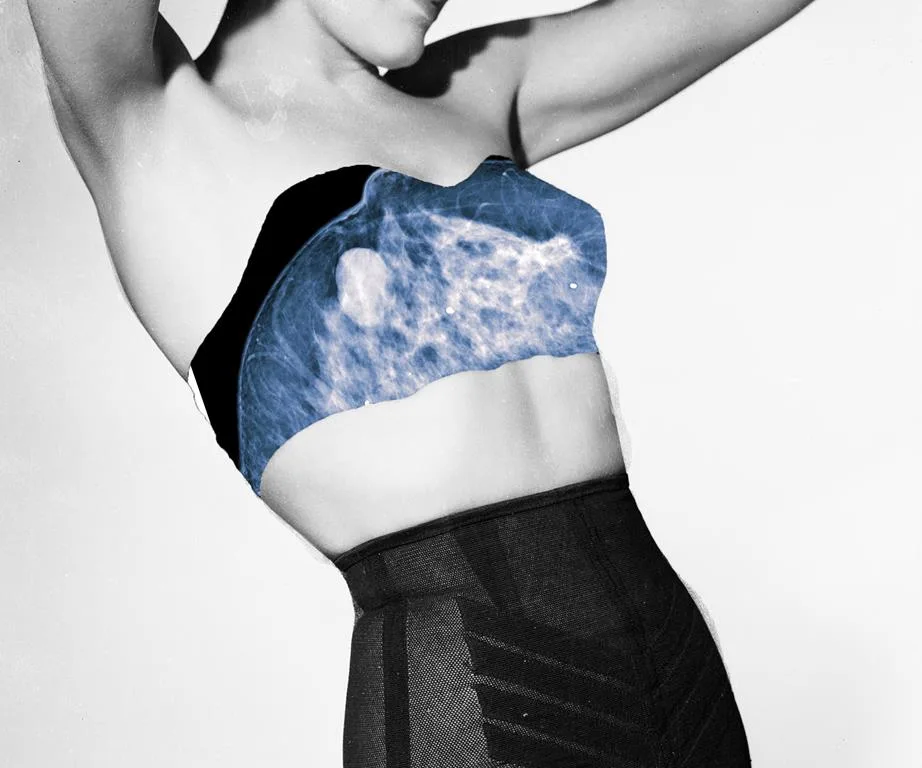A welcome change to invasive alternatives may soon be available in the form of a breast cancer-detecting blood test.
Until now, the definitive way to determine cancerous lumps in the breast was by the removal of cells otherwise known as a needle biopsy.
But while they’re an effective method of detection, many women find them to be uncomfortable.
Following an abnormal mammogram or imagining result, clinicians may decide to conduct the new blood test, dubbed the Videssa Breast, to potentially rule out the risk of breast cancer.

High breast density and glandular tissue was recently identified to pose double the risk in developing contralateral breast cancer of family history.
The revolutionary study, published in the journal Clinical Breast Cancer, found that the blood test had the potential to cut back the need for biopsies by almost 67 percent.
How? By identifying the specific proteins produced when the body is working to fight breast cancer cells.
“When a mammogram yields an abnormal result, the challenge for every clinician is to decide which patients need follow-up, further imaging or biopsy,” says study author Josie R. Alpers.
“A test that is well-validated in a prospective trial means clinicians have a new way to accurately identify which patients may or may not need additional follow-up.”
In Australia alone, one in eight women will be diagnosed with breast cancer in their lifetime, with eight women losing their battle to the illness each day. It is the most common form of cancer among women.
What are the signs and symptoms of breast cancer?
Besides a breast lump, which 83 per cent of diagnosed women bring to their doctors, women should also seek professional advice
for:
-Nipple abnormalities including redness, crusting or clear/bloody discharge
-Breast pain or discomfort
-Breast skin abnormalities
-Breast ulcerations
-Swelling or lump in the armpit
-Back or muscular pain
-Breathlessness
-Changes to the contour or shape of the breast
Early detection is vital and can save lives. If you’re experiencing any of the above symptoms, wish to find out more, or want to book in for a check-up, visit your local GP today.



